Aptos Facelift Threads
Threadlifting is a method of thread facelifting that effectively replaces classic plastic surgery. The procedure includes non-surgical contour plastic surgery or targeted lifting of certain areas of the face. Bioreinforcement of soft fatty tissues in the abdomen, thighs, arms and neck with mesothreads is also possible.
At the cosmetology center of the K+31 clinic in Moscow, you can undergo a thread lifting procedure using threads from the world leader Aptos

specialists

equipment

treatment
Types of Aptos threads
There are two types of threads
Self-absorbing and non-absorbing. The first type is most often used. Self-absorbing threads are made of polycaprolactone treated with polylactic acid (L-lactide). After fixation in the skin, the material slowly dissolves and miniature scars from connective tissue form in its place. After biodegradation, the threads are excreted from the body naturally (after 12 months), the frame of the formed connective tissue will hold the tension. The effect of Aptos threads lasts up to 2 years.
Self-absorbing
Self-absorbing fabrics are used for lifting if a person does not have pronounced changes on the face or body with sagging large areas of skin. Thus, it is possible to combine the effect of lifting and mesotherapy.
Non-absorbable
Non-absorbable Aptos threads are made of polypropylene (Aptos Surgical). They are used less often, the main indication is facial asymmetry, flabbiness of the skin, pronounced age-related changes. The effect of thread lifting with this material lasts up to 5 years.
Types of self-absorbable threads:
- Spiral (aptos Nano Spring, Aptos Nano Vitis)
- With notches on one or different sides (Aptos Light Lift)
- In the form of a pigtail, spring
A special shape of a spiral, pigtail or notch allows you to hold the tissues in and fix them in the correct position, prevent further displacement and the occurrence of defects (depressions, displacements). For each zone, certain types of threads are used, taking into account the shape and caliber.
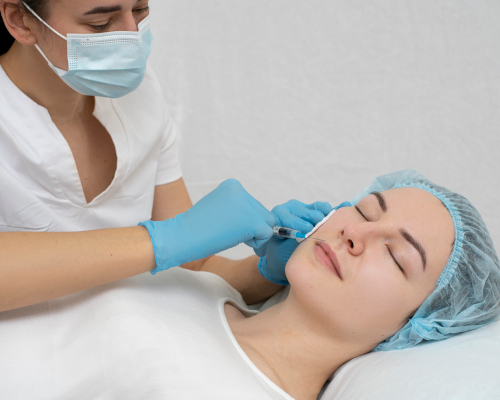
Thread lifting is prescribed by a cosmetologist in the case of:
- Ptosis of the facial skin - sagging soft tissues under the influence of gravity and age-related changes
- Formation of "jowls" in the cheeks and chin area
- Sagging eyebrows, drooping of their outer corners
- Mimic wrinkles and creases in the area between the eyebrows and the nasolabial zone
- Violations of the cheekbone-cheek line
- Asymmetry of the face due to damage to the facial nerve
- Sagging skin on the neck, in the décolleté area
Thread lifting is performed on women and men when the first signs of aging appear on the skin, from the age of 35.
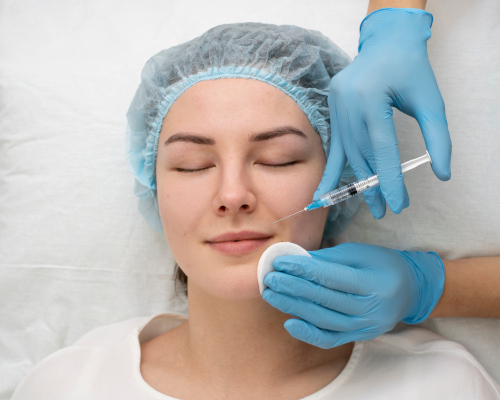
Aptos lifting is used for different areas of the body:
- For the correction of the upper third of the face - to smooth out folds and creases between the eyebrows, forehead wrinkles, lift the outer ends of the eyebrows and "crow's feet" around the eyes (Aptos Light Lift threads)
- For the middle third of the face - for expression wrinkles around the mouth, cheekbones (Aptos Nano)
- For the lower third of the face - in the cheeks, chin, as well as for circular tightening of the face oval and neck lifting (Aptos Excellence Visage)
- for the body - sagging skin on the abdomen, thighs, buttocks, chest, inner shoulder area (Aptos Excellence Body threads).
A cosmetologist can choose other thread options, taking into account a specific clinical case.
Recommendations during the rehabilitation period after the procedure
The first 2-3 days you should avoid hot showers, cosmetics and hot food (if the facelift was performed).
For 2-3 weeks after the Aptos lifting you cannot:
- Sunbathe, visit baths, saunas, play sports
- Massage the area where the lift was performed
- Touch the puncture sites with your hands to avoid infection
- Perform injection or hardware procedures (especially with heating)
- Sleep on your side or stomach
The effect of the procedure and its duration depend on proper rehabilitation and compliance with the doctor's recommendations.

Answers to popular questions
When will the effect of a thread facelift be noticeable?
As soon as the swelling goes down. For the middle and lower third of the face, rehabilitation is quick, taking about a week.
Is it possible for the results of thread lifting to be distorted over time?
If the rehabilitation rules were violated, tissue shifts or depressions may occur. To correct the defect, you should contact the doctor who performed the lift, he will perform skin straightening.

This award is given to clinics with the highest ratings according to user ratings, a large number of requests from this site, and in the absence of critical violations.

This award is given to clinics with the highest ratings according to user ratings. It means that the place is known, loved, and definitely worth visiting.

The ProDoctors portal collected 500 thousand reviews, compiled a rating of doctors based on them and awarded the best. We are proud that our doctors are among those awarded.
Make an appointment at a convenient time on the nearest date
Price
Other services

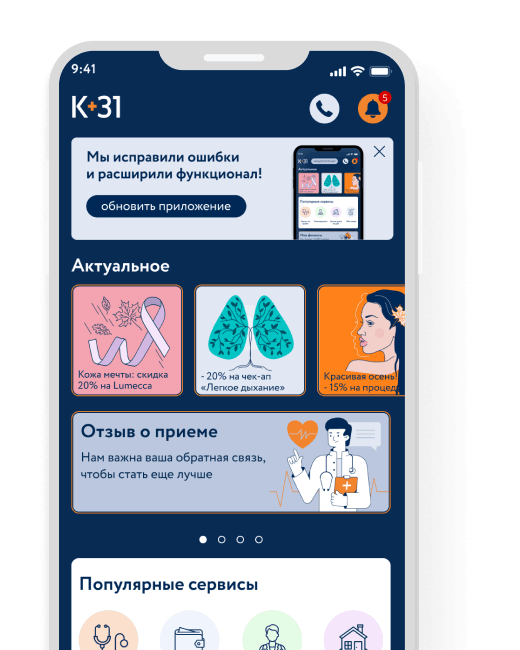
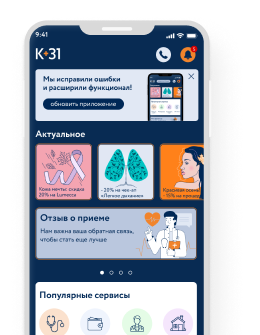


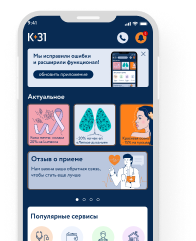

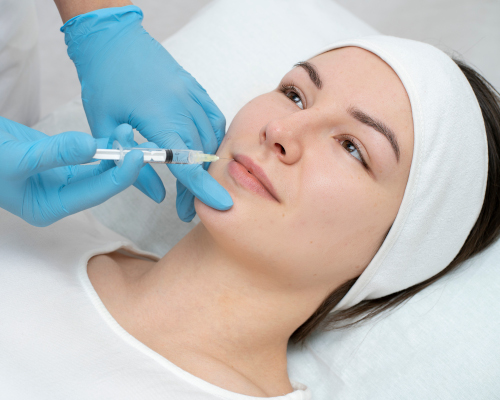
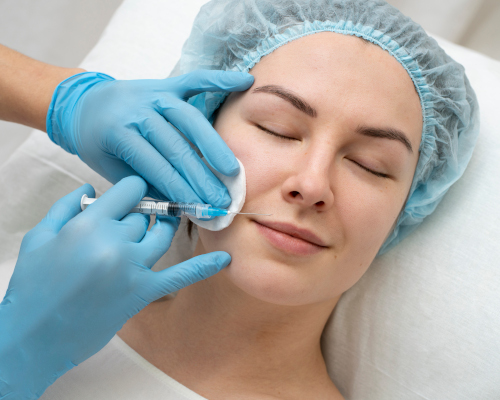




























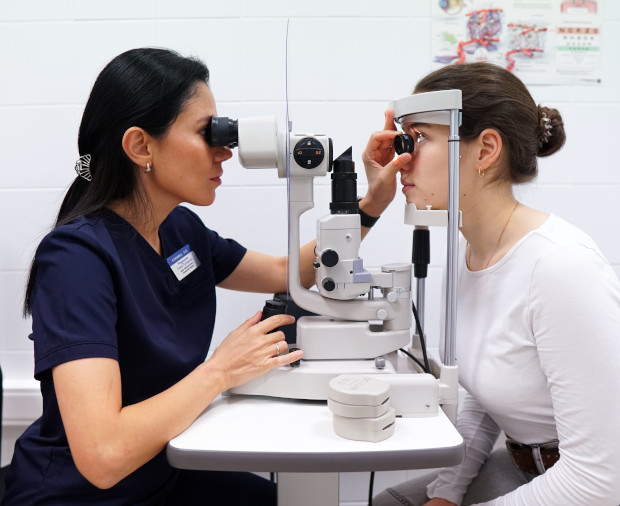


What are Aptos threads? How do they work?
Aptos threads are special strong fibers, specially processed for the best biocompatibility with the skin. Mesothreads are highly durable with a minimum diameter. They are used as a suture material for tightening sagging soft tissues, to create a new strong frame.
To perform a thread lift, Aptos threads are inserted into the subcutaneous fat using a double-edged needle or cannula. Then the necessary tension is created. Thanks to the procedure, it is possible to strengthen soft tissues, smooth out wrinkles, and create a rejuvenating effect.
Aptos thread lift makes it possible to smooth out wrinkles, creases, get rid of a double chin, sagging tissues due to age-related ptosis or after sudden weight loss. Depending on the type of threads, you can correct the face or body parts without resorting to surgery. The result is visible immediately, but the full effect of the procedure is achieved after rehabilitation and swelling subsides. Each area of the body has its own recovery time frame, but, on average, rehabilitation takes 2-3 weeks.